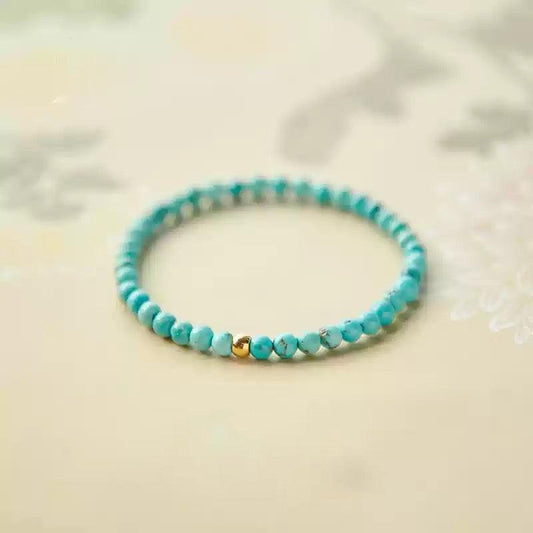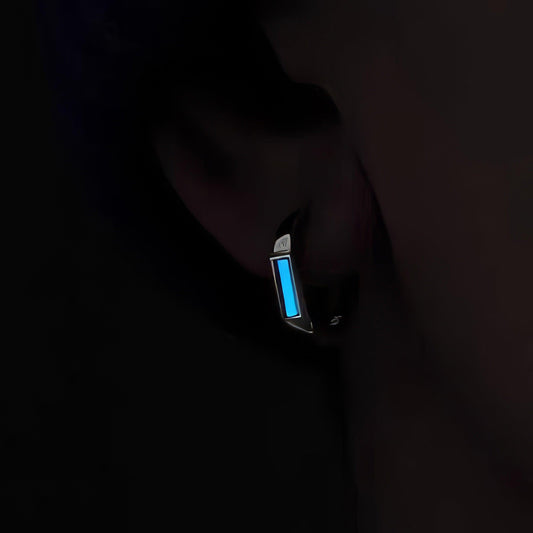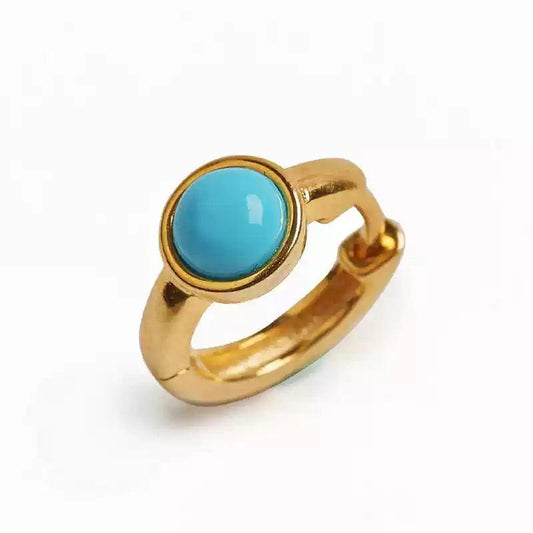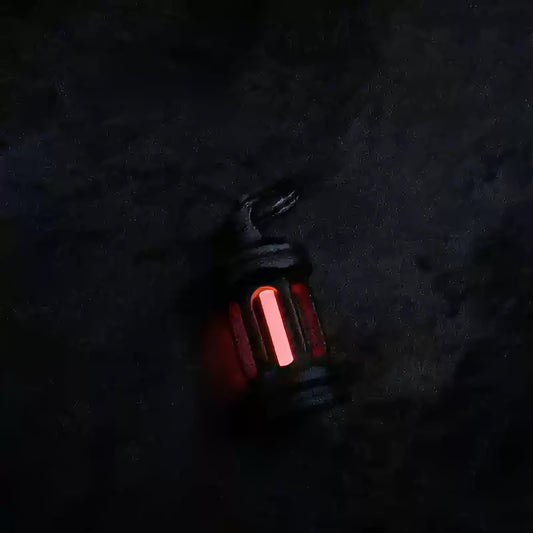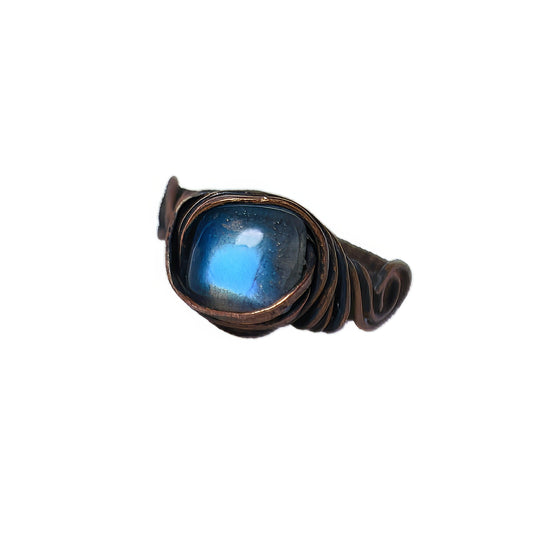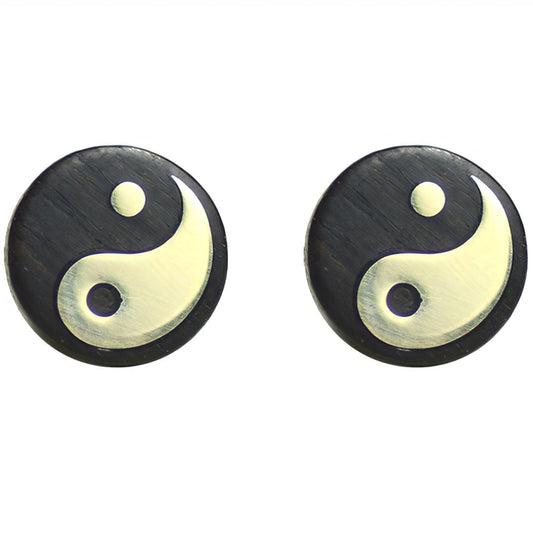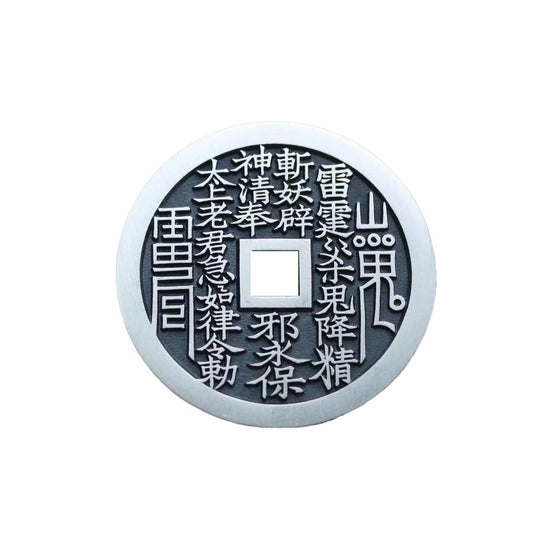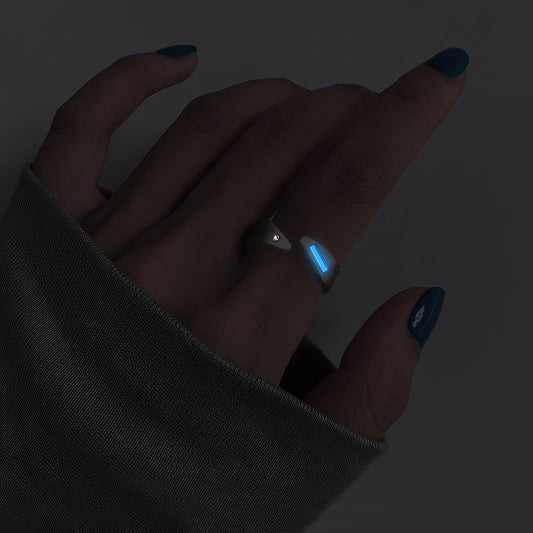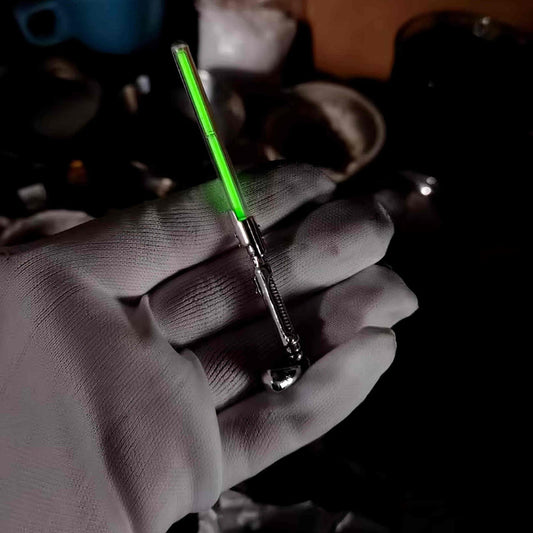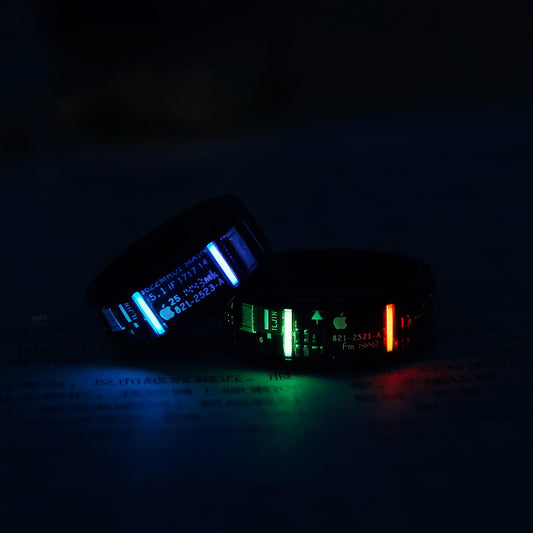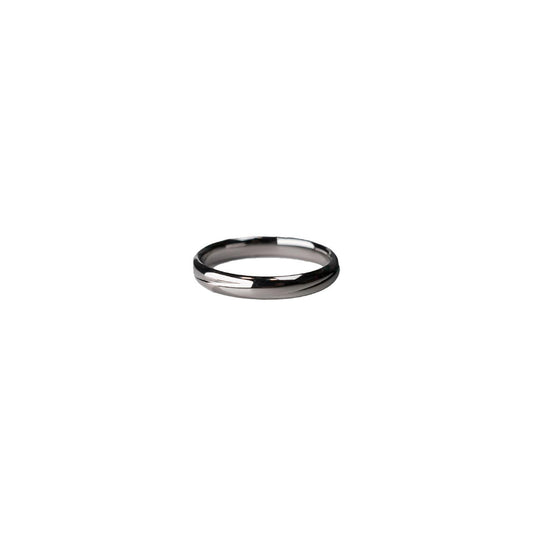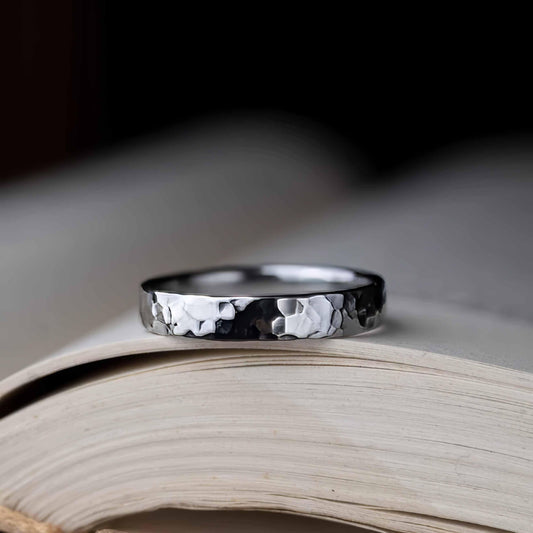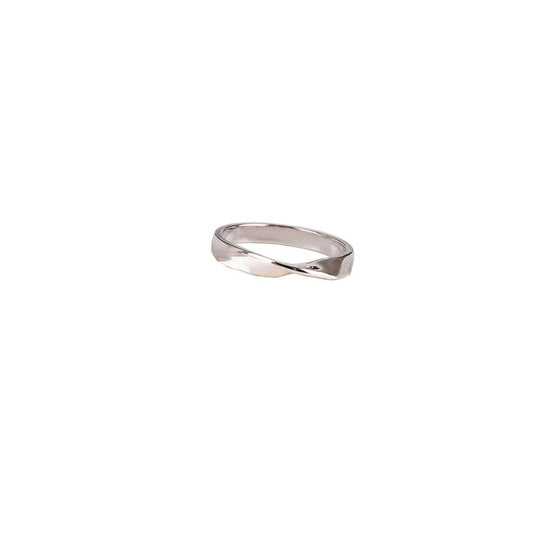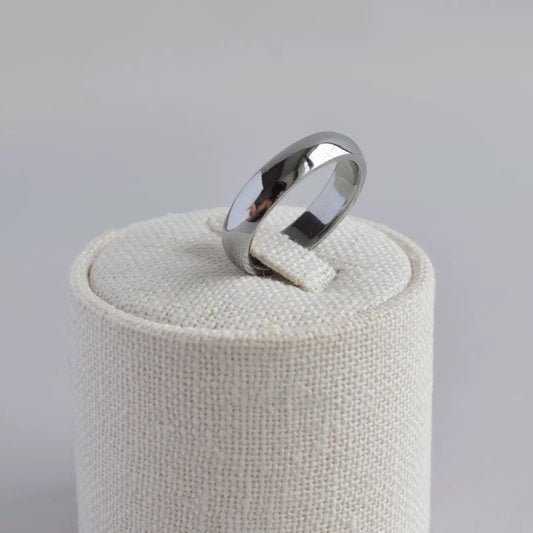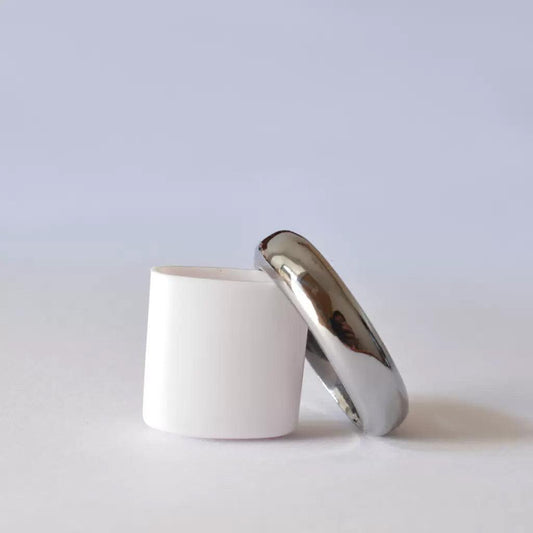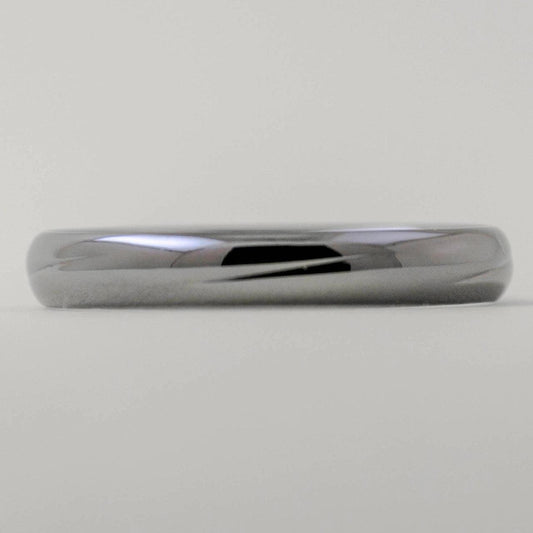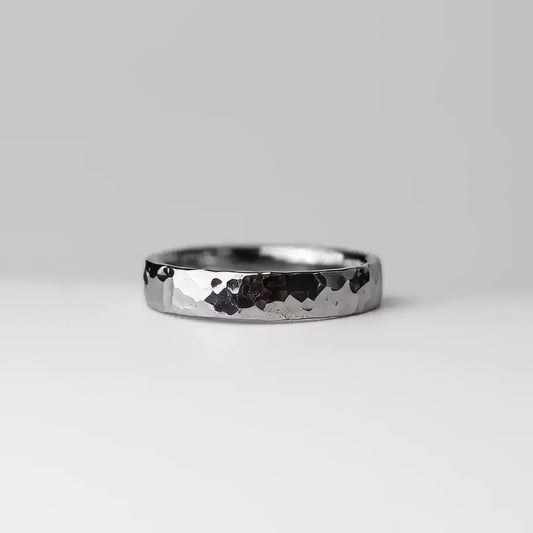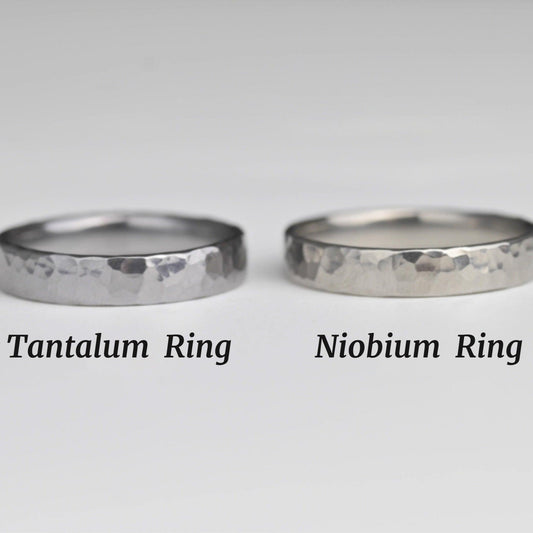The Rise of Alternate Metals A New Era in Jewelry and Design
The Rise of Alternate Metals A New Era in Jewelry and Design
Growing up, Sundays were reserved for family. My grandmother would bustle around, preparing a feast, her hands adorned with gold rings that caught the afternoon light. Those rings fascinated me—not just for their beauty, but for the stories they carried. Through the years, I discovered that jewelry has long been a storyteller, a keeper of memories clad in precious metals.
Today, however, a new narrative is being written. As the world leans towards sustainability and creativity, alternate metals are stepping into the spotlight, redefining what we consider valuable and beautiful. Titanium, tungsten, and palladium—words that sound more like ingredients in a futuristic alloy than components of jewelry—have emerged as the new protagonists in this story.
Take titanium, for instance. Known for its toughness and lightweight nature, it's a metal that has found its way from the aerospace industry to our jewelry boxes. Titanium is a favorite among those who lead active lifestyles but desire elegance without the weight. It’s also resistant to corrosion, which means it doesn’t tarnish over time, preserving its sheen—something my grandmother would have appreciated after years of polishing her gold rings.
Then there's tungsten, often touted as one of the hardest metals available. I remember during a college summer, a friend bought a tungsten ring and dropped it onto a concrete floor by accident. We all held our breath, expecting a disaster. But there it lay, unscathed, a testament to its durability. Tungsten is perfect for those who want something robust yet sophisticated, a metal that can withstand the rigors of daily life while maintaining a polished appearance.
Palladium, on the other hand, is a metal that quietly charms with its understated elegance. Often compared to platinum, it’s both lighter and more affordable, making it an attractive option for those who desire refinement without breaking the bank. Its naturally white color means it doesn’t need to be rhodium-plated, unlike some other metals, keeping its maintenance to a minimum.
What’s fascinating about these alternate metals is not just their physical properties but the cultural shift they signify. In a world increasingly conscious of environmental impact and ethical sourcing, the move away from traditional precious metals reflects a broader change in consumer values. People are looking for materials that tell stories not only of personal taste but also of ecological responsibility.
Incorporating alternate metals into jewelry and design is more than a trend; it’s a movement towards innovation and inclusivity. It’s about expanding the definition of luxury to include materials that are both practical and meaningful. Just as my grandmother’s rings held tales of her life, these new metals carry narratives of modernity and sustainability, adding new chapters to the stories we wear.
So, as we embrace these alternate metals, we aren’t just adopting new materials; we’re opening ourselves up to a world of possibilities—one where beauty is redefined by innovation, longevity, and a touch of personal choice. And isn’t that what makes a piece of jewelry truly precious?
